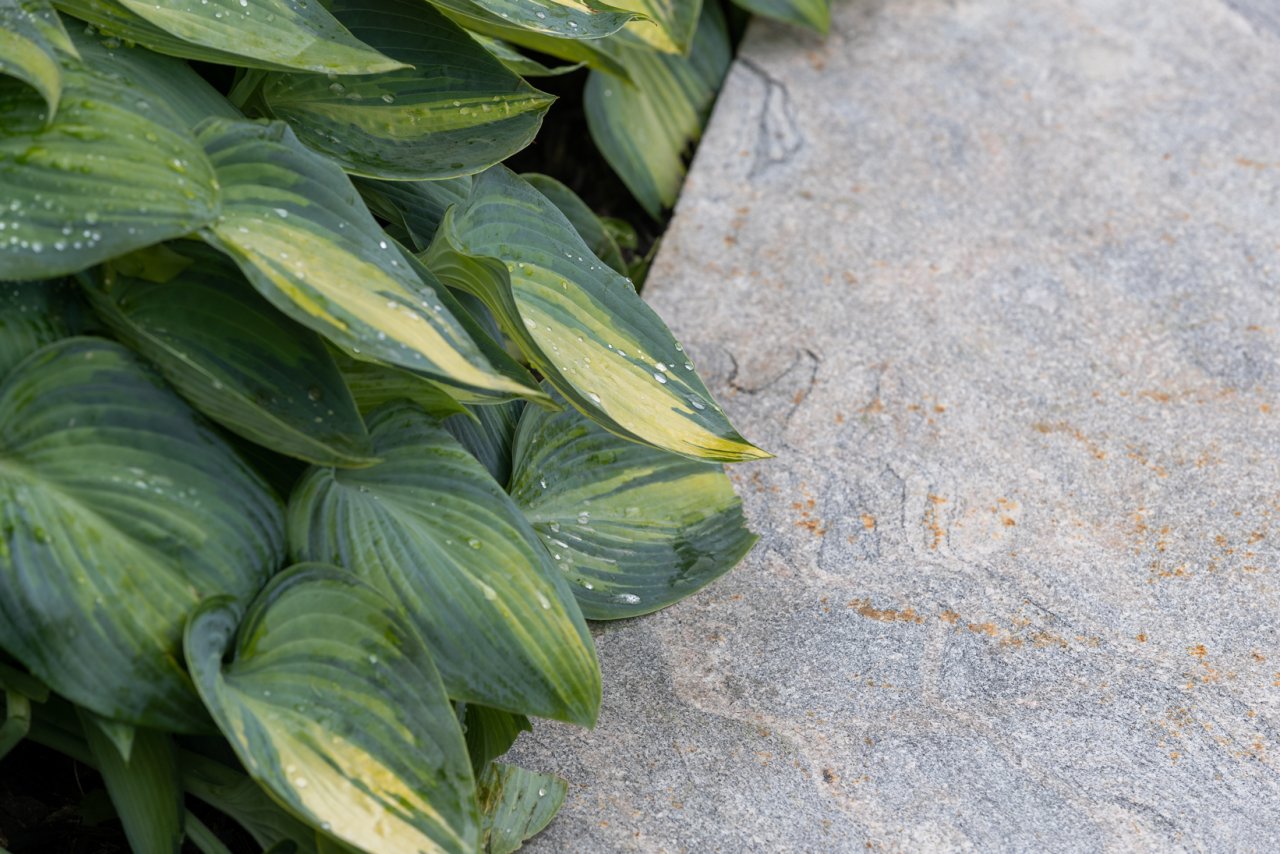The Unique Blog
The Best Native Plants For Gardens in Hamilton & Niagara

Native plants have long been celebrated for their ability to thrive in local ecosystems, providing a host of benefits while preserving the region’s natural beauty. But what, exactly, is a native plant — and how can you incorporate them into your garden?
In this post, we'll explore what defines a plant as "native", the numerous advantages of including them in your garden and a few disadvantages to consider. We’ll also introduce you to five exceptional native plants that flourish in the Hamilton/Niagara area and are included in many of our professional garden designs.
To discover how native plants can help your landscape be both sustainable and beautiful, read on!

What makes a plant “native”?
Native plants are those that have evolved and grown in a specific region for thousands or millions of years without human introduction or cultivation. These plants have adapted to the local climate, soil, and environmental conditions, often developing unique characteristics and survival strategies. A good example of this would be Ontario’s official flower, the white trillium. In bid to ensure pollination, it emits a scent that attracts specific pollinators — carrion beetles and flesh flies — who are not commonly attracted to other flowers.

Five reasons to include native plants in your garden
Aside from being a beautiful addition to your garden, native plants have many benefits.
1. Support biodiversity — Biodiversity is crucial for maintaining the balance and functioning of ecosystems and supporting the overall health of our planet. Native plants contribute to the ecosystem by providing food and habitat for native insects, mammals, birds and pollinators.
2. Low-maintenance — Because native plants are well-suited to the climate, soil and rainfall patterns in their environment they need less maintenance and use fewer resources.
3. Water conservation — Native plants generally have deep root systems that makes them less reliant on surface water, reducing the need for excessive irrigation.
4. Pest and disease resistance — Because native plants have evolved alongside the pests and diseases that could harm them, they’ve developed a resilience that makes them less prone to a variety of infestations or diseases.
5. Preservation of natural beauty — Native plants provide aesthetic value that preserves the unique identity and beauty of the natural landscape.

Challenges posed by non-native plants
The problem with non-native plants is often considered one of their assets — they can be vigorous growers! This isn’t as much of an issue if the plant is kept contained, but when spread out in the wild by birds and other pollinators they can become invasive, which disrupts the local ecosystems.
Some of these invasive plants, like purple loosestrife, are quite beautiful. But when they outcompete native species for resources, they can dominate the area, creating a mono-culture that reduces biodiversity within the ecosystem. Bad news for the monarch butterfly who relies on the milkweed plant for its survival.

Best native plants for Hamilton & Niagara Region
At Unique, we love including native plants when we design gardens for our residential and commercial clients, and here are five of our favourites:
1. Eastern purple coneflower — This adaptable wildflower is easy to grow, with vibrant purple petals that bloom all summer. It has medicinal benefits and attracts a host of pollinators to your garden.
2. Wild bergamot — The showy lavender flowers of wild bergamot bloom from mid-to-late summer. Its aromatic leaves and flowers are highly attractive to butterflies and bees, and are edible.
3. New England aster— With stunning purple flowers, this late-season bloomer is a valuable source of nectar for pollinators. It looks great in a fall garden, surrounded by yellow chrysanthemums.
4. Butterfly milkweed— Despite its name, milkweed isn’t a weed at all. It’s a beautiful native plant that boasts vibrant orange flowers and is an important host plant for monarch butterflies.
5. Red osier dogwood— Commonly used as a border shrub, this beautiful native plant has attractive red stems in winter with clusters of small white flowers in spring. It provides food and shelter for a variety of wildlife.

Add native plants to your garden
As you can see, there are many reasons to include native plants in your garden — but they’re not always available for purchase at the garden centre. If you’re having trouble finding native plants for sale in your area, you can always order them online.
If you’d like help designing your garden using native plants and are in the Hamilton/Niagara region, book a consultation with one of our horticulturalists. You can tell us a bit about the vision you have for your property, and we’ll see how we can help.